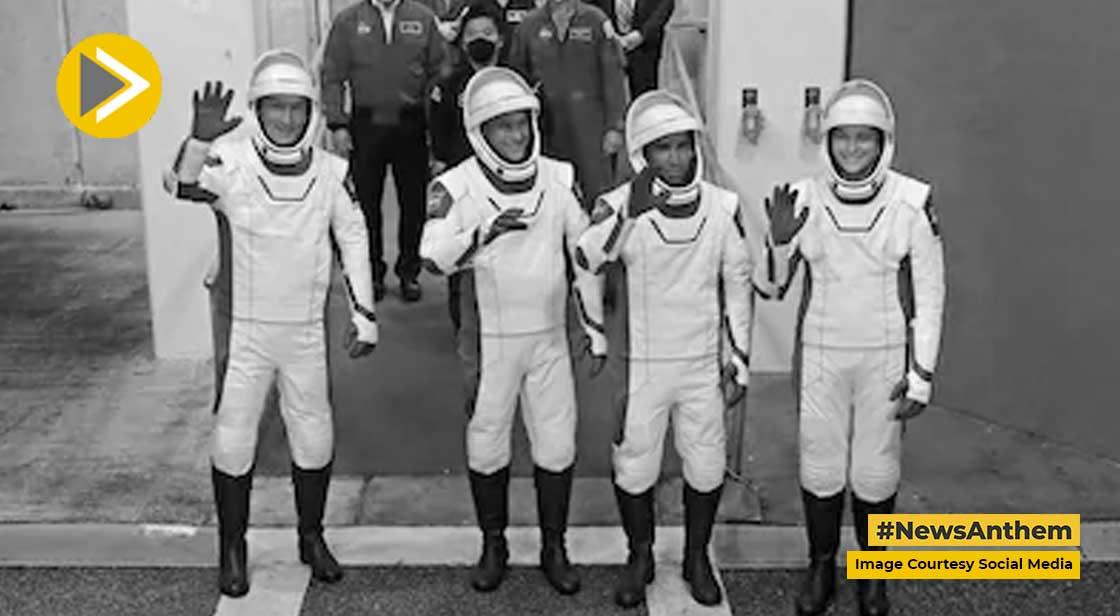Magnets Could Aid Astronauts With Breathing On Mars

News Synopsis
According to a recent multinational study from the Universities of Warwick, CU Boulder, and Freie Universität Berlin, magnets may hold the key to creating lighter, easier methods for producing oxygen in space.
To manufacture oxygen, astronauts on the International Space Station (ISS) employ two devices: one collects water from urine, condensation, and humidity, and the other electrolyzes water to separate it into hydrogen and oxygen.
On Earth, lighter gases would naturally rise to the top of heavier liquids for simple collection, but on the International Space Station, both liquids and gases are nearly weightless. Because of this, the bubbles in the liquid are still floating, and NASA must employ a system of pumps and centrifuges to remove them.
The complex ISS system wouldn't be adequate for creating oxygen on Mars, according to a 2016 NASA Ames Research Center study; humans living that far from Earth will need something lighter, more dependable, and simpler to operate. By lowering their experiment off the Bremen Drop Tower, the worldwide team of researchers successfully demonstrated for the first time that gas bubbles contained in a liquid may be attracted to or repelled from conventional magnets in microgravity.
According to researcher Hanspeter Schaub, "after years of analytical and computational research, being able to use this fantastic drop tower in Germany provided real proof that this concept can work in the zero-g environment."
A toaster-sized experiment on NASA's Perseverance rover has previously shown that it can remove oxygen molecules from the carbon dioxide-rich atmosphere of the Red Planet. A new instrument being sent to the moon by the ESA in 2025 will attempt to extract oxygen from lunar regolith using electrolysis and molten salt; if successful, this might pave the way for the construction of an oxygen production facility on the moon's surface in the 2030s.
You May Like









